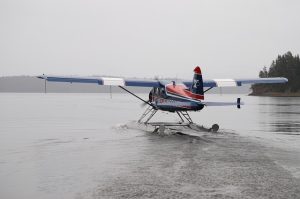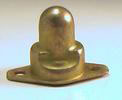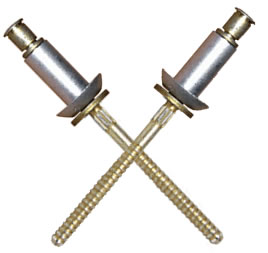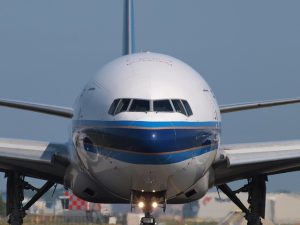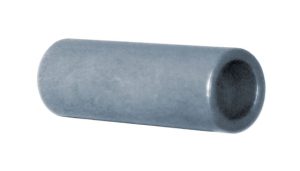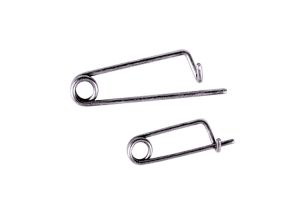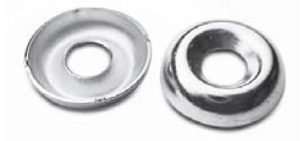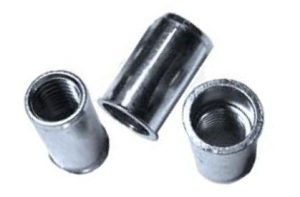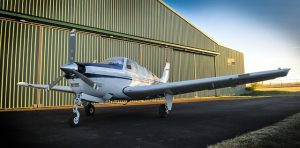
When most people think of aircraft engines, they envision the turbofan. The turbofan is a type of jet engine that uses a gas turbine to power a ducted pan. It burns a mixture of jet fuel and air. Exhaust gases are created as a byproduct of this combustion process, resulting in propulsion. While turbofans are common among jet airplanes, however, propeller-driven airplanes use a different type of engine, such as a horizontally opposed engine.
Overview of Horizontally Opposed Engines
A horizontally opposed engine is a type of aircraft engine that’s used to drive a propeller. Also known as a flat engine, it leverages combustion — just like turbofans and other types of jet engines. Horizontally opposed engines, however, are reciprocating. They feature cylinders that push outward from the crankcase.
In addition to horizontally opposed engines, there are straight engines. Straight engines feature cylinders and pistons aligned in a row on the crankcase, whereas horizontally opposed engines feature cylinders and positions on the side of the crankcase.
Horizontally opposed engines are commonly used on the following types of propeller-driven airplanes:
- Commuter airplanes
- Training airplanes
- Private airplanes
- Sport airplanes
Advantages of Horizontally Opposed Engines
Horizontally opposed engines offer several advantages. When compared to straight engines, they have a smoother operation. They don’t produce as much vibration, making them a popular choice for small propeller-driven airplanes.
Horizontally opposed engines are also efficient. They can convert more fuel into mechanical energy to turn the propeller with which they are used.
Another reason horizontally opposed engines are popular for small propeller-driven airplanes is their lightweight construction. They weigh less than many other types of engines, including straight engines.
Disadvantages of Horizontally Opposed Engines
Horizontally opposed engines are more complex than their straight counterparts. While straight engines only have a single cylinder head — they still have multiple cylinders — horizontally opposed engines have two cylinder heads. This complex design makes them more difficult to produce and maintain.
They may offer a smooth and efficient operation, but horizontally opposed engines don’t produce as much power as straight engines. Therefore, they are typically used for smaller propeller-driven airplanes. Larger airplanes require a more powerful engine, such as a straight engine.
In Conclusion
Not all airplanes are powered by a jet engine. If an airplane features a propeller, it will likely be powered by either a straight engine or a horizontally opposed engine. These are two of the most common types of aircraft engines for propeller-driven airplanes. Horizontally opposed engines feature cylinders that push outward and away from the crankcase.
- SEO Powered Content & PR Distribution. Get Amplified Today.
- PlatoData.Network Vertical Generative Ai. Empower Yourself. Access Here.
- PlatoAiStream. Web3 Intelligence. Knowledge Amplified. Access Here.
- PlatoESG. Carbon, CleanTech, Energy, Environment, Solar, Waste Management. Access Here.
- PlatoHealth. Biotech and Clinical Trials Intelligence. Access Here.
- Source: https://monroeaerospace.com/blog/what-is-a-horizontally-opposed-aircraft-engine/
- :is
- 300
- a
- addition
- advantages
- AIR
- aircraft
- Airplane
- Airplanes
- aligned
- All
- also
- among
- an
- and
- ARE
- AS
- away
- BE
- burns
- but
- by
- CAN
- choice
- Common
- commonly
- compared
- complex
- construction
- convert
- counterparts
- created
- Design
- different
- difficult
- Dont
- drive
- efficient
- either
- energy
- Engine
- Engines
- envision
- Feature
- Features
- flat
- following
- For
- from
- Fuel
- GAS
- Have
- head
- heads
- However
- HTTPS
- if
- in
- Including
- into
- IT
- jpg
- just
- known
- larger
- less
- leverages
- lightweight
- like
- likely
- maintain
- MAKES
- Making
- many
- max-width
- May..
- mechanical
- mixture
- more
- most
- much
- multiple
- of
- offer
- on
- only
- operation
- opposed
- or
- Other
- PAN
- People
- plato
- Plato Data Intelligence
- PlatoData
- Popular
- popular choice
- positions
- power
- powered
- powerful
- process
- produce
- propulsion
- Push
- reason
- require
- resulting
- ROW
- several
- side
- single
- small
- smaller
- smooth
- smoother
- Still
- straight
- such
- than
- that
- The
- their
- Them
- There.
- therefore
- These
- they
- think
- this
- to
- turbine
- TURN
- two
- type
- types
- typically
- use
- used
- uses
- weigh
- What
- What is
- when
- whereas
- which
- while
- will
- with
- zephyrnet

